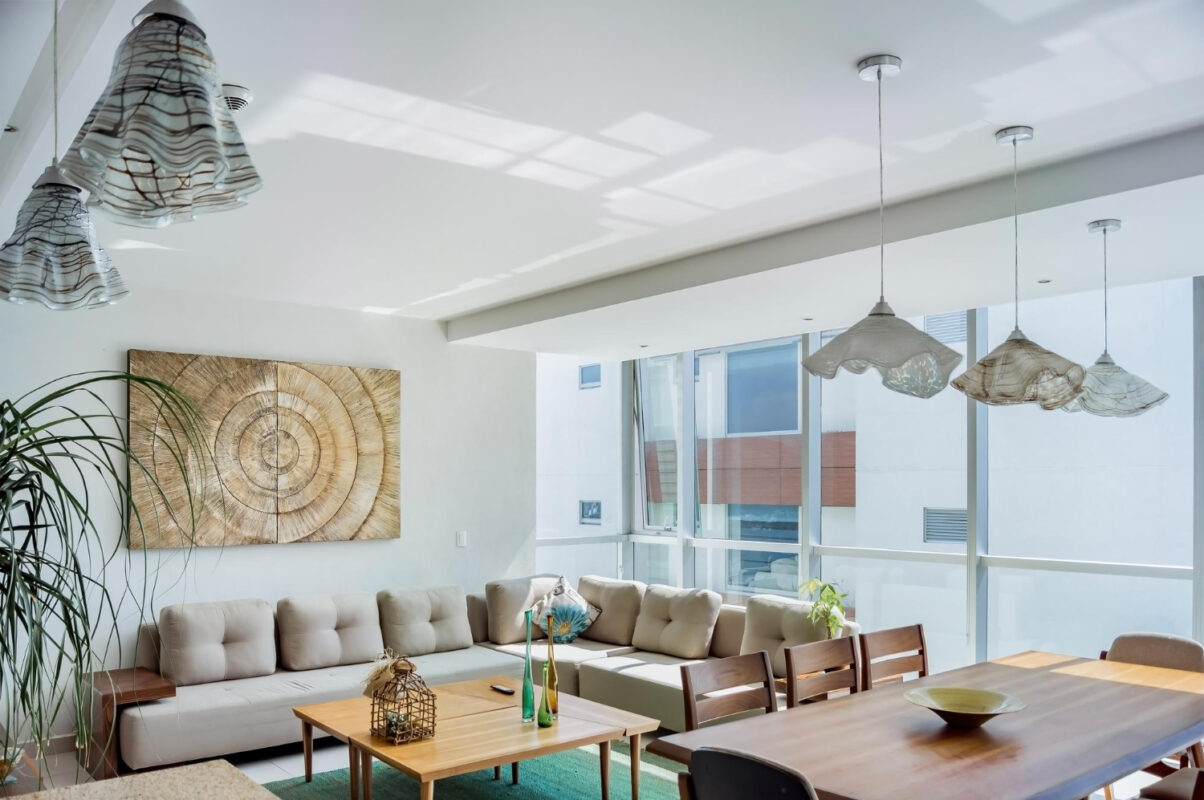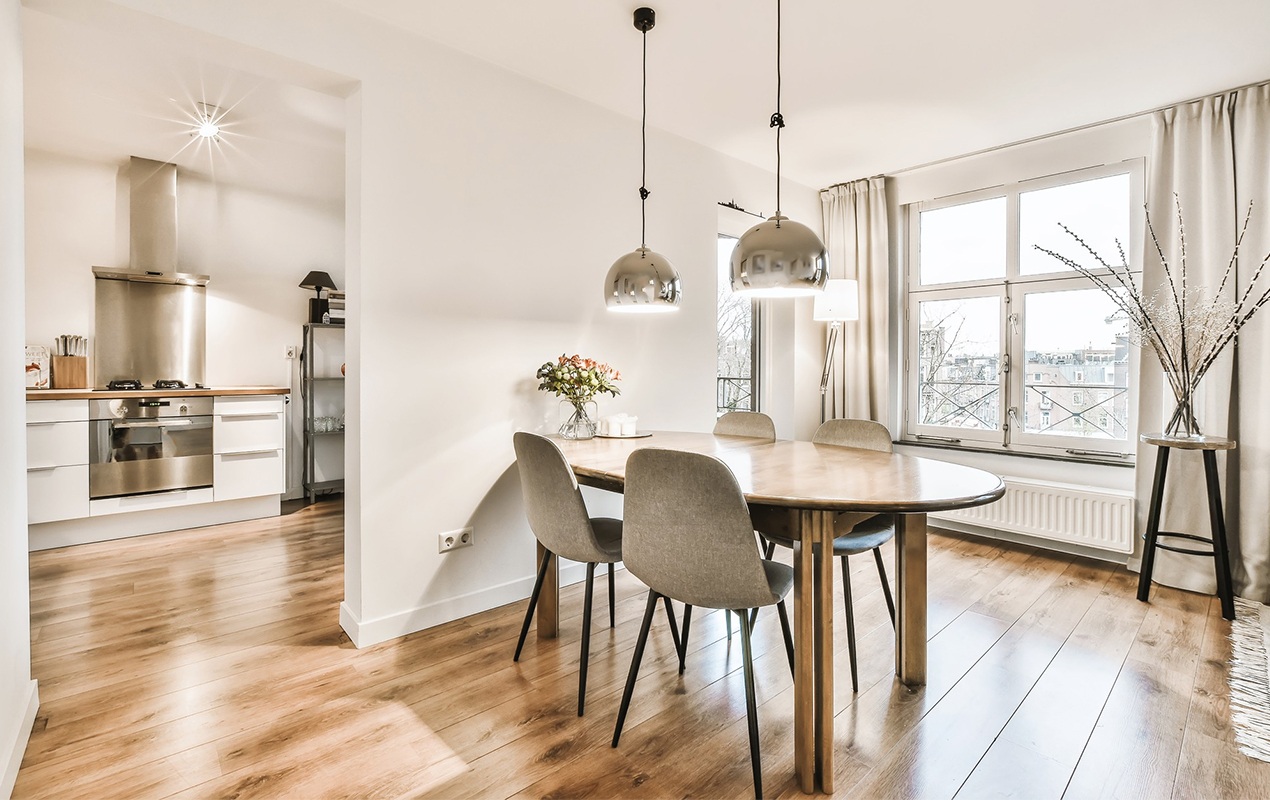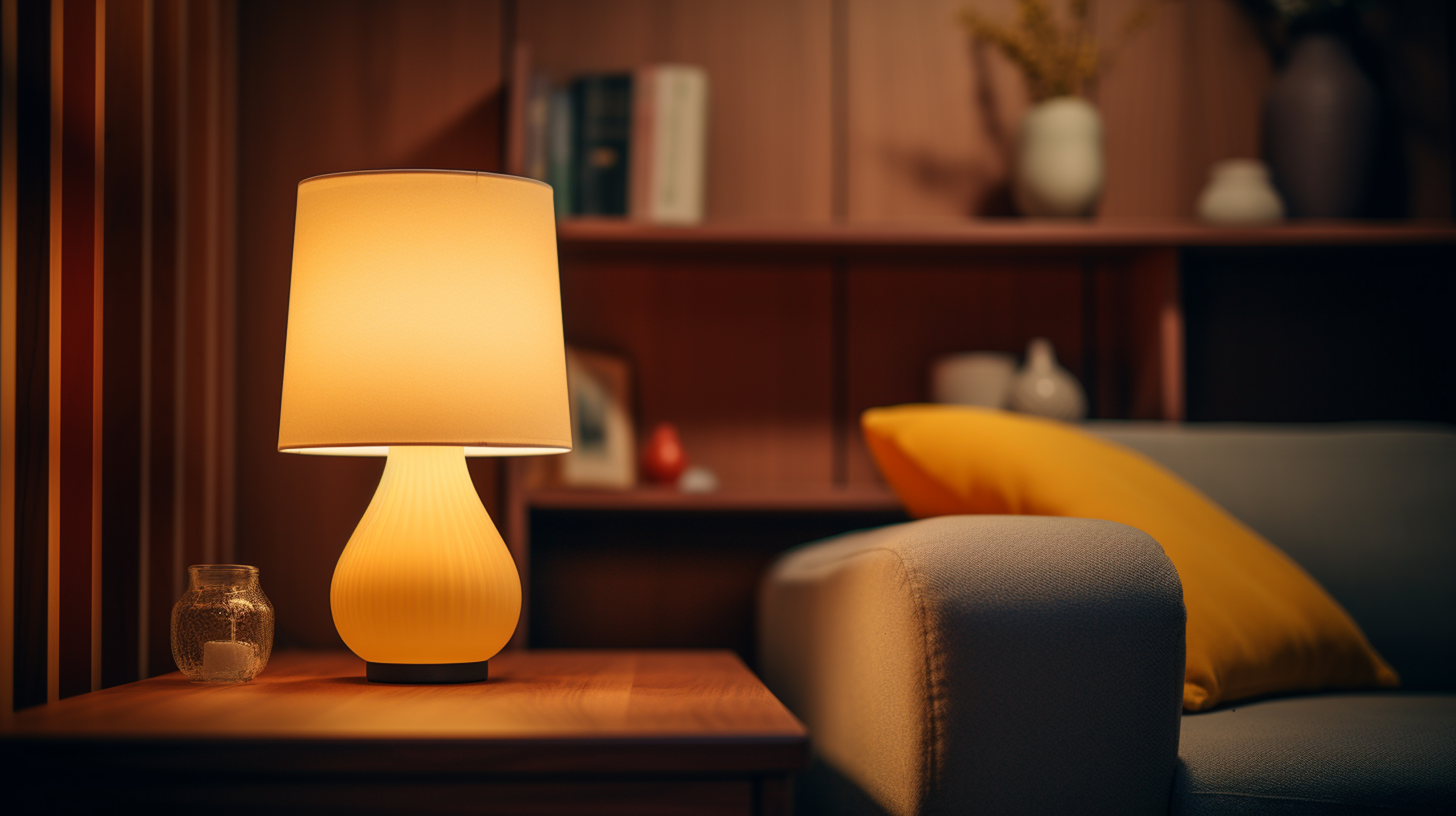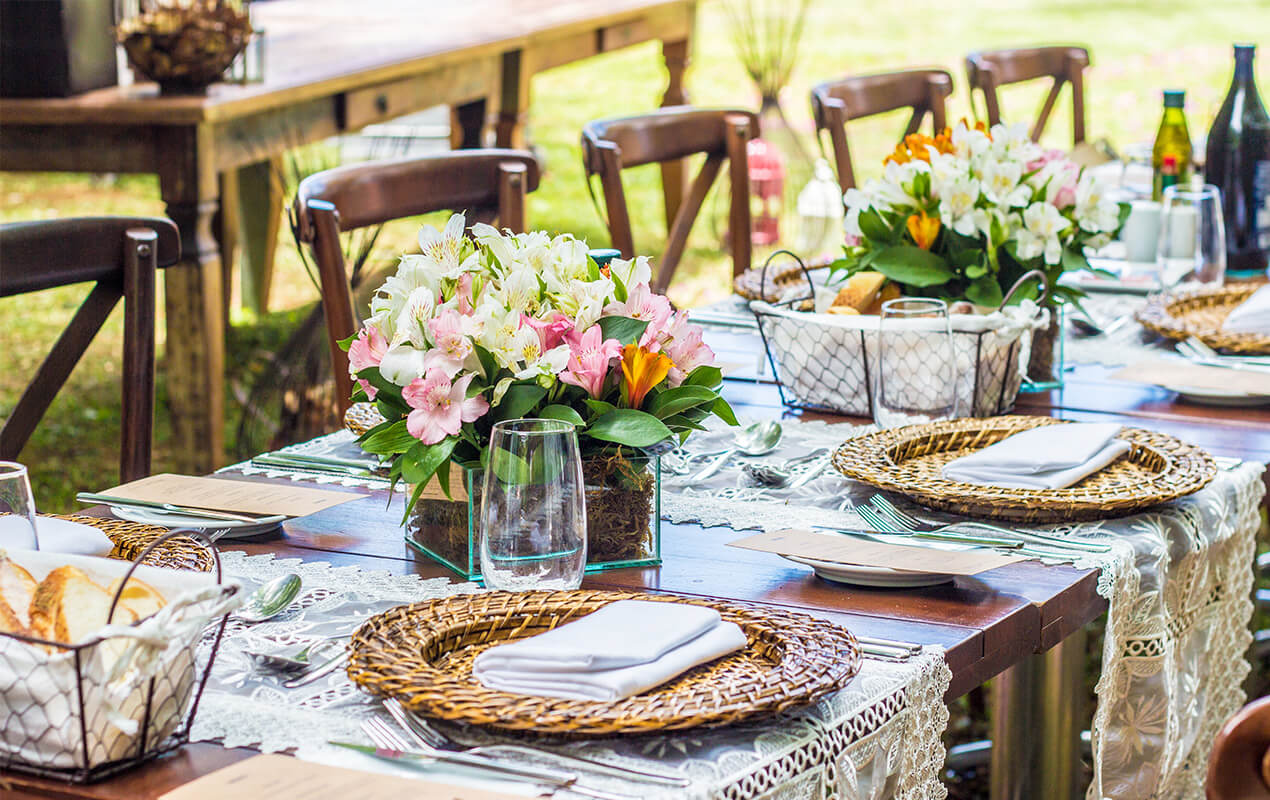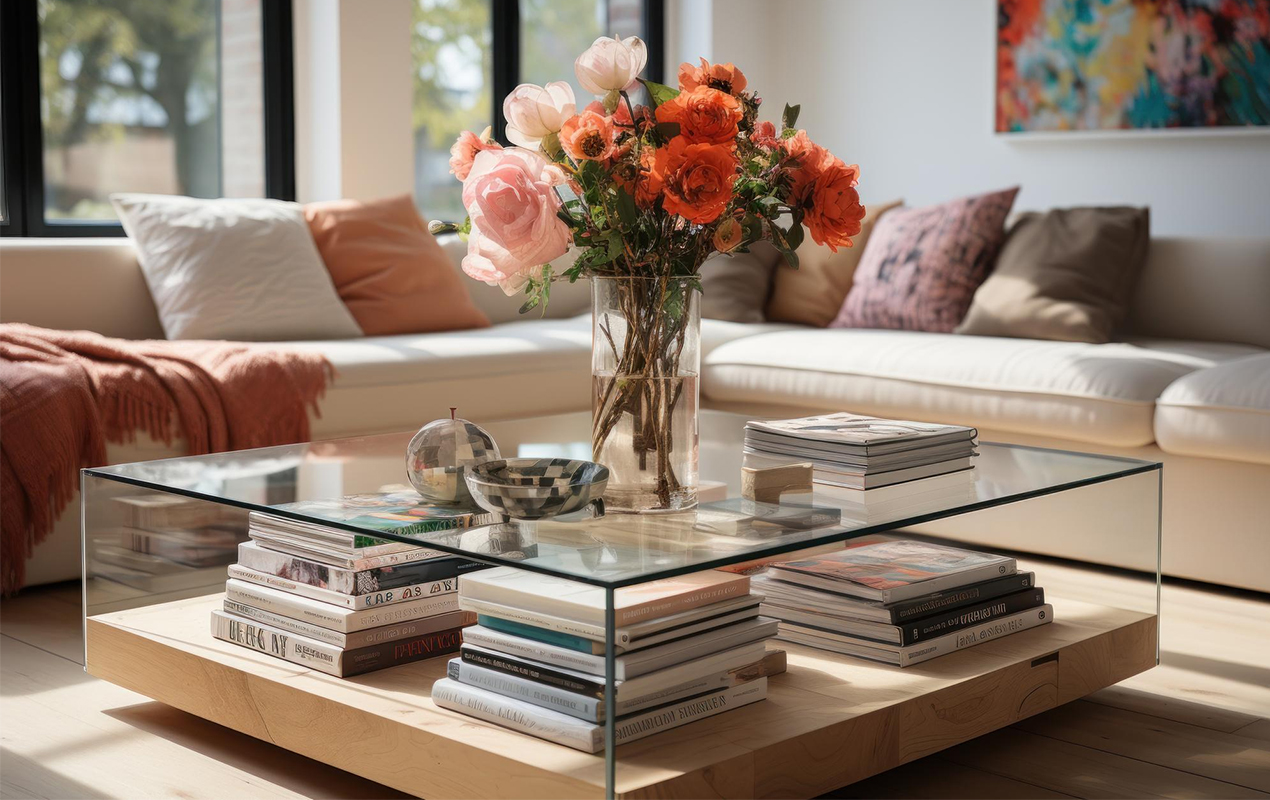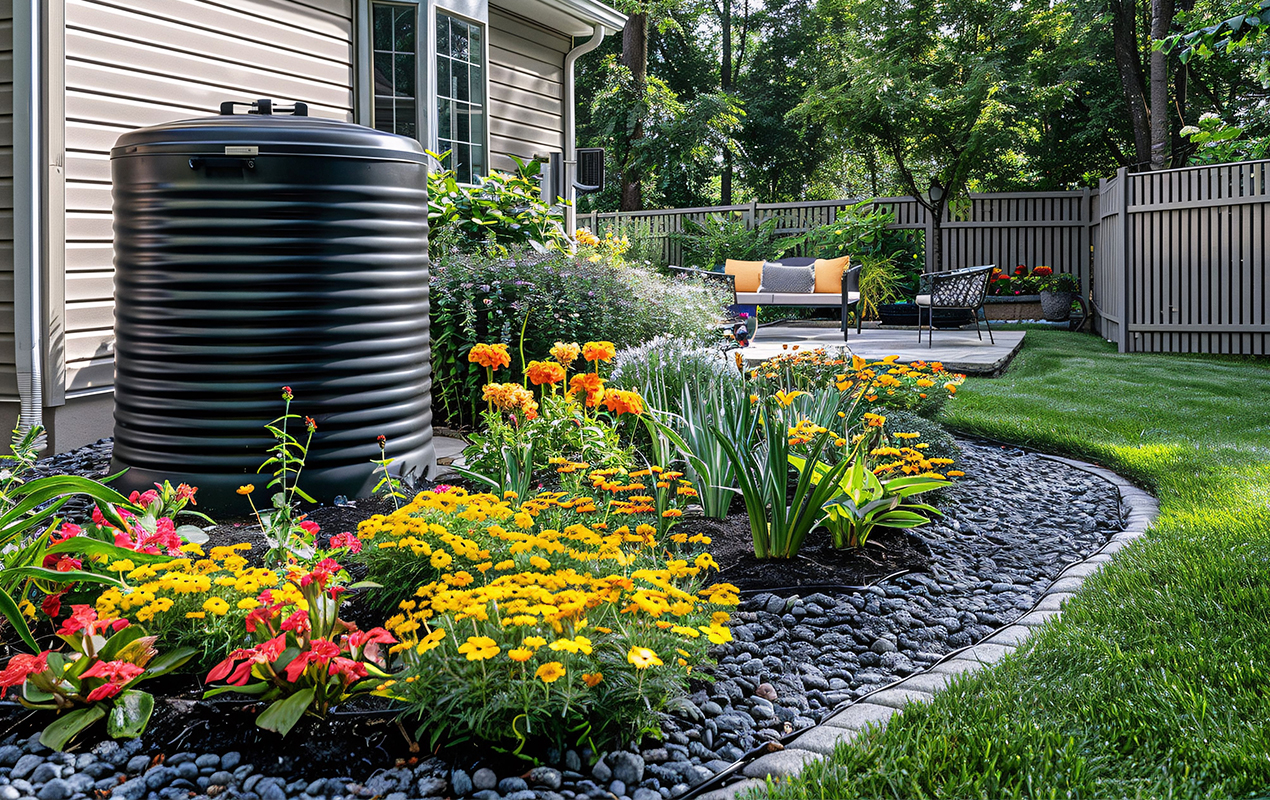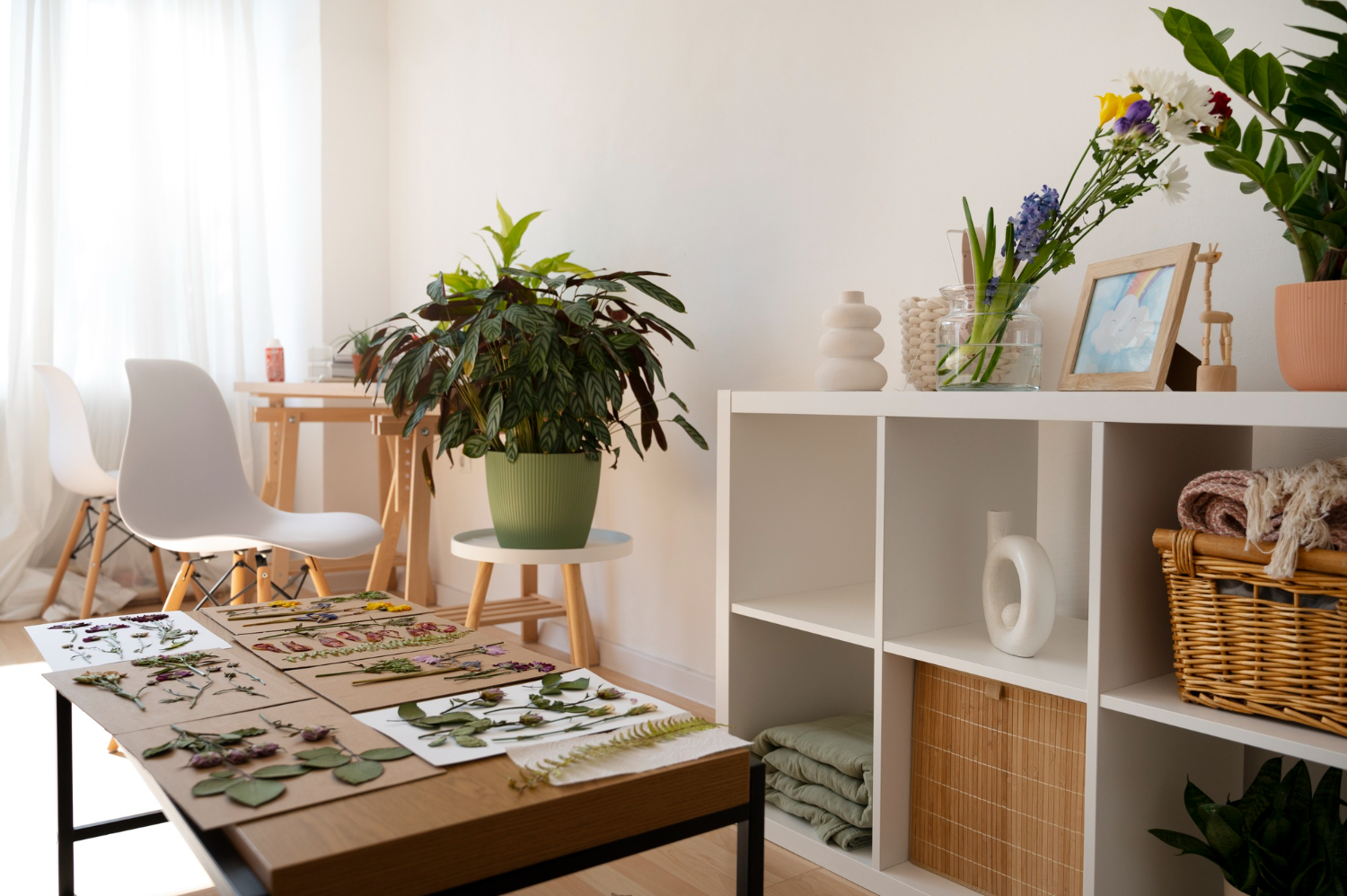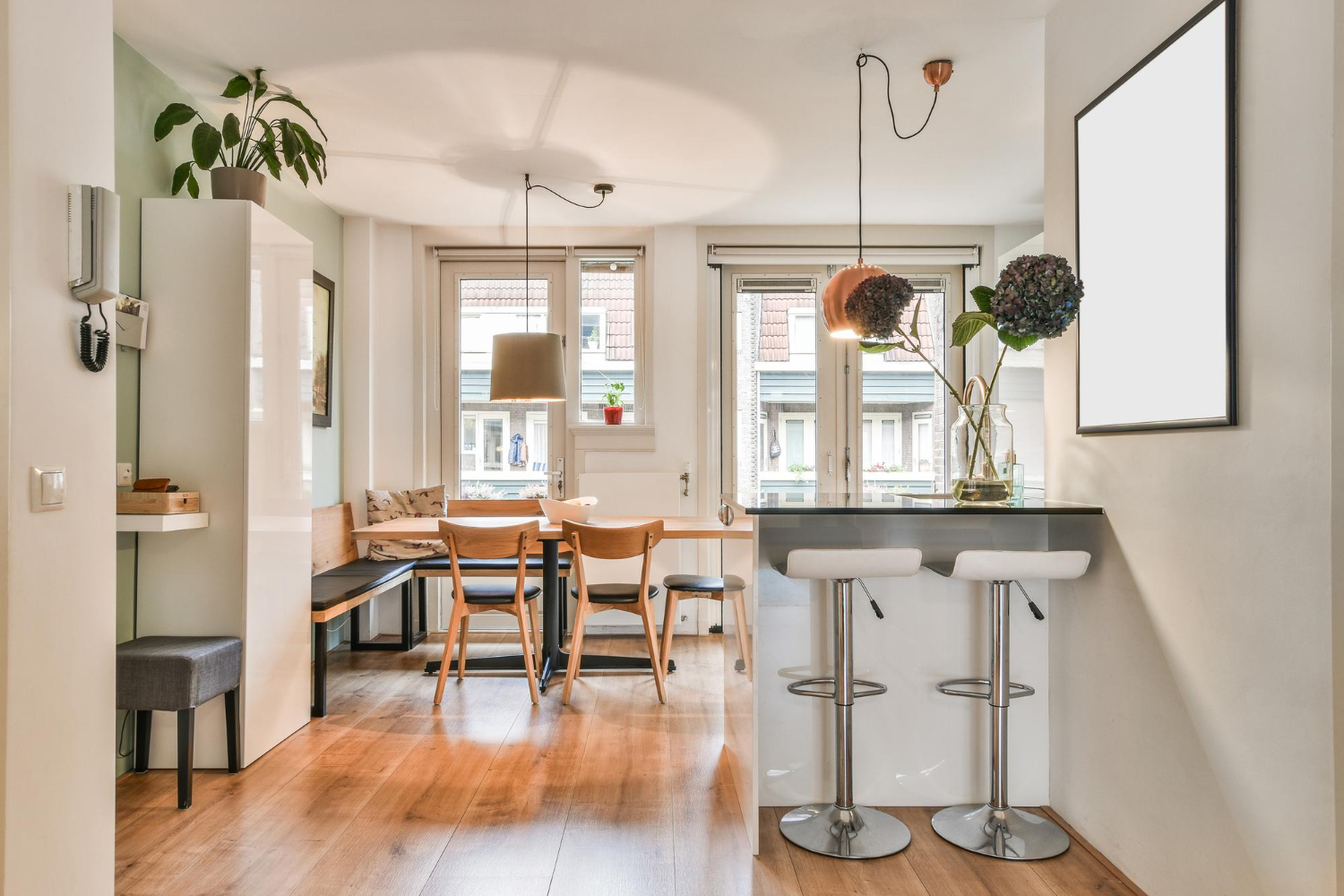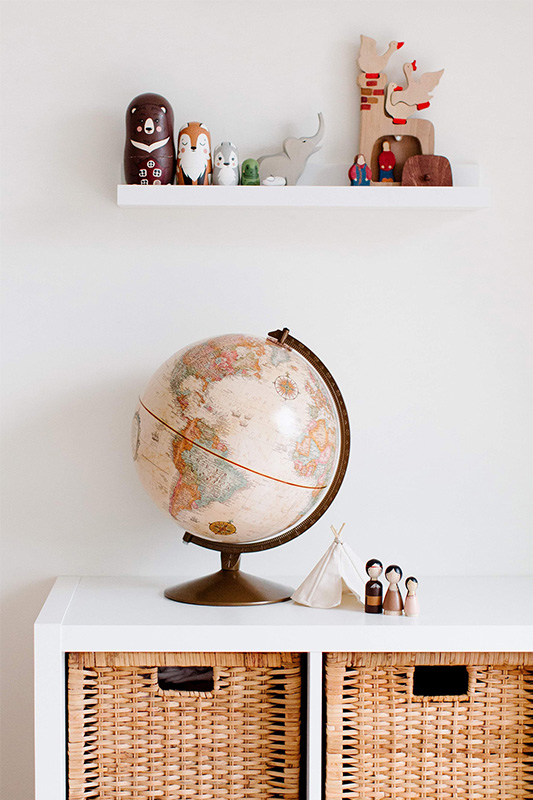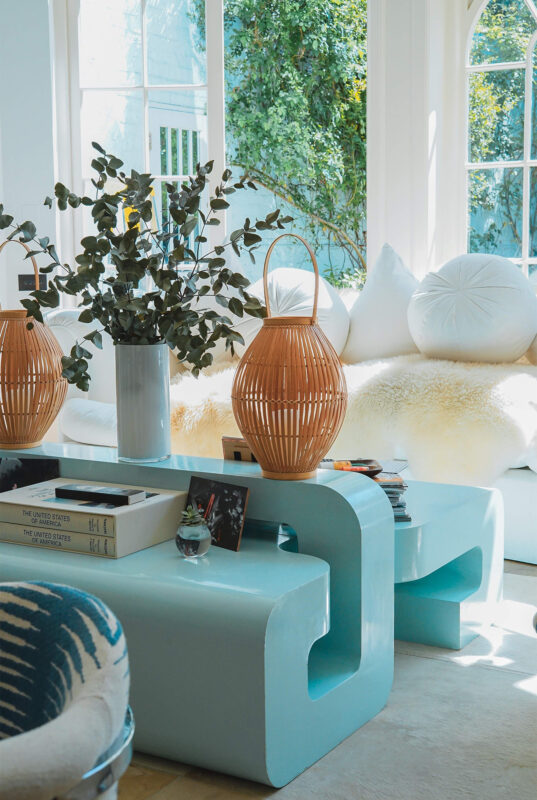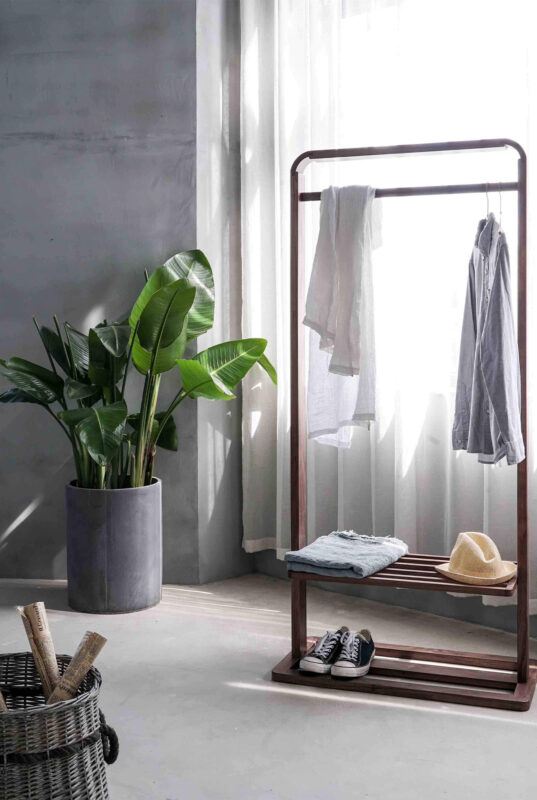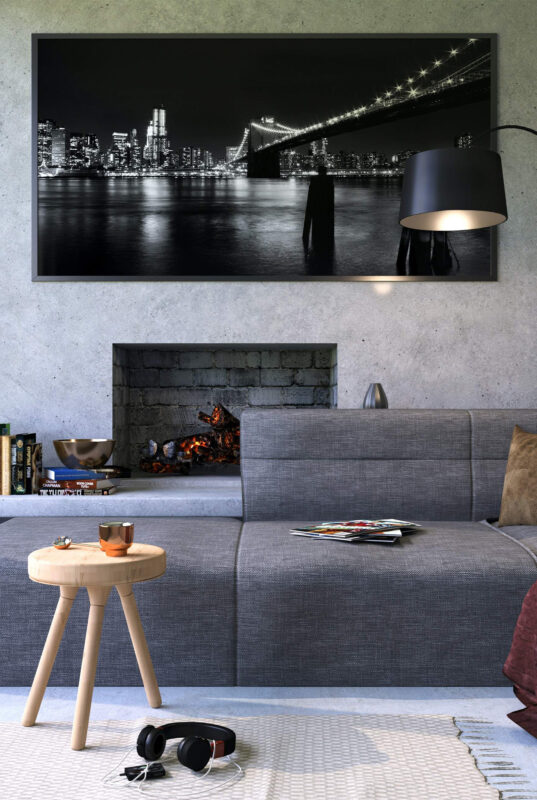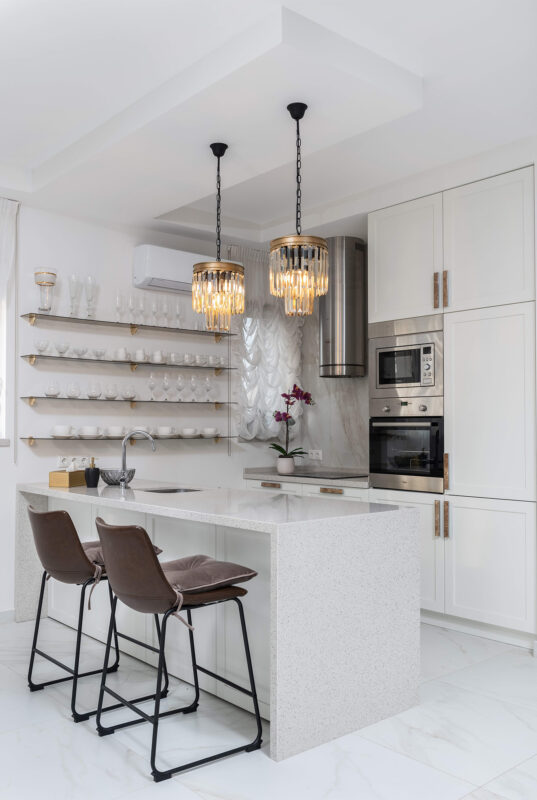Blog
Master Bath Remodeling – Transforming Your Bathroom into a Spa-Like Retreat

The transformation of master bathrooms from purely functional spaces into personal wellness retreats represents one of the most significant home design shifts in recent years. Homeowners increasingly recognize their bathrooms as potential sanctuaries—places to decompress, rejuvenate, and practice self-care amid hectic schedules. This evolution reflects a broader societal emphasis on wellness and work-life balance, with the home bathroom emerging as a crucial space for daily restoration.
Professionals specializing in bathroom remodeling in Sacramento report substantial increases in spa-inspired renovation requests. These contractors witness firsthand how strategic bathroom investments yield immediate lifestyle enhancements and long-term property value increases. Market analyses consistently show that upscale bathroom renovations return 60-70% of their cost upon resale, with luxury wellness features increasingly expected in premium properties.
Firms that excel in various home transformations, such as those showcased at https://jcconstruction.us/kitchen-remodel/, often apply similar quality standards and attention to detail when crafting spa-like bathroom environments. Their experience demonstrates how thorough planning prevents costly mistakes and ensures the finished space delivers the intended wellness benefits.
Pre-renovation assessment should evaluate several fundamental factors. Existing plumbing locations significantly impact renovation complexity and cost, potentially limiting fixture placement options. Water pressure evaluation determines suitable shower system capabilities. Structural assessment identifies support requirements for heavy features like stone tubs. Ventilation analysis prevents moisture issues from undermining both wellness benefits and material longevity.
Tranquil Design Elements & Premium Materials
Color Psychology for Relaxation
Wall color selection fundamentally shapes the bathroom atmosphere. Soft blues evoke water and sky, naturally lowering blood pressure and respiration rates. Gentle greens connect with nature, promoting equilibrium and calm. Warm neutrals like taupe and sand create cocoon-like comfort. While white remains popular for its cleanliness association, designers increasingly incorporate texture to prevent sterile appearances. Color transitions should flow naturally between bathroom zones, maintaining visual cohesion.
Material Selection Framework
Premium bathroom materials balance visual appeal, tactile comfort, and practical durability. Natural stone delivers unmatched authenticity—marble for timeless luxury, travertine for warm earthiness, and slate for dramatic texture. Porcelain advances now convincingly mimic natural materials while offering superior water resistance and maintenance simplicity. Teak and other water-resistant woods introduce organic warmth when strategically incorporated. Glass elements enhance spaciousness through transparency while contributing textural variety.
Biophilic Connection Principles
Biophilic design—connecting interior spaces with nature—profoundly enhances bathroom tranquility. Beyond incorporating plants, this approach integrates natural light, organic shapes, and materials with minimal processing. Irregular tile patterns mimic natural randomness. Stone with visible geological features tells Earth’s story. Water sounds from properly designed fixtures trigger innate relaxation responses. These elements collectively reduce stress markers and improve mental restoration during bathroom use.
Balancing Minimalism and Comfort
Successful spa bathroom design balances minimalist aesthetics with genuine comfort. Excessive bareness creates cold, unwelcoming environments counterproductive to relaxation. Strategic “comfort moments”—a padded bench, plush towels, and softly rounded edges—humanize the space without compromising clean lines. Texture variations prevent monotony while maintaining visual calm through color consistency. This balance allows the mind to decompress without distraction from stark bareness or visual clutter.
Materials vary significantly in maintenance requirements and longevity. Stone requires periodic sealing, wood demands appropriate ventilation, and grout cleanliness depends on proper sealing and cleaning regimens. These factors should influence material selections based on homeowner maintenance preferences.
Luxury Fixtures & Water Therapies
Freestanding Tub Considerations
Freestanding tubs function as both visual anchors and relaxation centerpieces in spa bathrooms. Installation requirements vary substantially between materials—cast iron demands floor reinforcement; acrylic offers lightweight installation; composite stones balance weight and heat retention. Placement should consider sight lines upon entering, proximity to windows for natural bathing light, and sufficient surrounding space for comfortable access. Filler placement relative to the tub determines whether bathers face the room or a window view—a significant experiential difference.
Advanced Shower Systems
Multi-function shower systems transform daily routines into therapeutic experiences. Rainfall heads deliver gentle, immersive water coverage. Body jets target specific muscle groups for recovery. Handheld wands allow directed spray for focused relief. Steam integration adds respiratory benefits and deepens muscle relaxation. Installation complexity increases with feature quantity, requiring careful planning for water pressure adequacy, drainage capacity, and waterproofing scope. Digital controls simplify the operation of these sophisticated systems while allowing personalized presets for different users.
Hydrotherapy Integration
Hydrotherapy features incorporate therapeutic water action into bathroom fixtures. Air jets introduce effervescence that stimulates circulation without aggressive water movement. Whirlpool systems deliver deeper muscle massage through directed water jets. Specialized soaking tubs maintain optimal water temperature for extended immersion. Combination systems integrate multiple therapies within single fixtures. These features require additional mechanical components, appropriate electrical planning, and accessible maintenance points for long-term reliability.
Traditional Wellness Adaptations
Ancient bathing traditions offer proven wellness approaches adaptable to modern bathrooms. Japanese soaking tubs provide deep immersion with a minimal footprint. Roman-inspired thermae concepts incorporate temperature progression through different water experiences. Nordic contrasting temperature therapies alternate between heat and cooling elements. These traditional approaches often deliver profound wellness benefits with more straightforward implementation than complex contemporary systems while adding distinctive design elements.
Luxury plumbing fixtures typically demand augmented water delivery systems. Larger supply lines, pressure-balancing valves, higher-capacity water heaters, and complex valve arrangements may necessitate significant behind-wall modifications that impact project timelines and budgets.
Comfort Technologies & Smart Integration
Radiant Comfort Systems
Heated flooring transforms the bathroom experience by eliminating the shock of cold tiles—a stress trigger that contradicts relaxation goals. Electric systems offer simplified installation for retrofit projects. Hydronic approaches integrate with whole-house heating for efficiency. Beyond floors, heated elements extend to towel warmers, shower benches, and toilet seats. These systems require appropriate subfloor preparation, integration of waterproofing, and control placement planning to maximize comfort and energy efficiency.
Atmospheric Enhancement Technologies
Technological integration extends the sensory bathroom experience beyond water and temperature. Aromatherapy systems disperse essential oils through shower steam or dedicated diffusers. Chromotherapy introduces color-changing lighting scientifically linked to emotional states. Audio integration delivers music, guided meditation, or nature sounds through moisture-resistant speakers. These technologies enhance relaxation depth through multi-sensory engagement, requiring thoughtful integration into the overall design scheme.
Smart Control Ecosystems
Intelligent bathroom controls eliminate friction from the relaxation experience. Digital shower systems store individual temperature and flow preferences for instant activation. Automated lighting adjusts to different times of day without manual switching. Voice control enables hands-free operation of various functions. Leak detection systems provide peace of mind against water damage. These technologies require comprehensive planning for power requirements, wifi connectivity, and smartphone integration to function cohesively rather than as disconnected gadgets.
Lighting Design & Sensory Experiences
Layered Lighting Architecture
Adequate bathroom lighting employs multiple sources for different functions and moods. Task lighting around mirrors facilitates grooming with shadow-free illumination. Ambient lighting provides general illumination without harsh shadows. Accent lighting highlights architectural features and creates an atmosphere. Decorative lighting introduces visual interest through fixtures that complement the design aesthetic. These layers combine to create different scenes—bright morning preparation gentle evening relaxation—through dimming and selective activation.
Natural Light Optimization
Natural illumination significantly enhances bathroom wellness. Window placement maximizes light while maintaining privacy through strategies like clerestory positioning, frosted glass, or strategic landscaping. Skylights deliver overhead illumination ideal for bathing areas. Light tubes bring sunshine to windowless interior bathrooms. Solar orientation assessment during planning identifies optimal placement for different fixtures based on natural light patterns throughout the day and seasons.
Multi-Sensory Design Elements
Comprehensive sensory design addresses all perceptual channels. Acoustic considerations include sound-absorbing materials to dampen echoes and create sanctuary-like quiet. Textural diversity provides tactile interest through material contrasts—smooth stone against rough textiles, warm wood beside cool metal. Aromatherapy elements might incorporate built-in diffusers or storage for scented products. These elements work together to create complete sensory harmony that distinguishes exceptional spa bathrooms from attractive ones.
Statement Features and Focal Points
Strategic focal elements anchor spa bathroom designs while expressing personal style. Dramatic lighting fixtures serve both illumination and sculptural functions. Exceptional stone with distinctive patterning creates natural artwork. Specialized water features like waterfall faucets introduce movement and sound. These statement pieces prevent minimalist spa designs from feeling generic while providing visual rest points that enhance contemplative relaxation during bathroom use.
Lighting modifications often require electrical system upgrades. Older homes may need panel capacity assessment, dedicated circuit installation, and code compliance updates to support comprehensive lighting plans, potentially affecting project scope and budget.
Clutter-Free Solutions & Thoughtful Styling
Integrated Storage Strategies
Storage integration prevents the visual distraction and stress triggers associated with clutter. Vanity designs incorporate drawer organizers tailored to specific item categories. Medicine cabinets recessed between wall studs eliminate protrusion while maximizing storage. Shower niches provide convenient access to bathing products without unsightly caddies. Toe-kick drawers utilize otherwise wasted space. These thoughtful storage elements maintain clean aesthetics while accommodating the practical reality of bathroom product requirements.
Intentional Display Approaches
Display elements allow a controlled introduction of character without chaos. Open shelving showcases carefully curated items—sculptural bottles, natural elements, or artistic objects—while concealed storage houses everyday necessities. Negative space around displayed items prevents visual crowding. Consistent container styles for bath salts, cotton products, and other essentials create cohesion. These approaches balance personality with tranquility through selective rather than comprehensive display.
Textile Selection Principles
Thoughtful textile choices significantly impact bathroom aesthetics and tactile experience. Towel quality represents a daily luxury touchpoint—a high GSM (gram per square meter) measurement indicates plushness and absorbency. Bath mats combine comfort underfoot with practical moisture management. Window treatments balance privacy with light filtration. Material selection considers immediate sensory appeal and practical concerns like quick-drying properties and laundering durability for long-term satisfaction.
Personalization Without Overcrowding
Personal touches transform generic spa bathrooms into meaningful retreats without sacrificing tranquility. Artwork selection presents opportunities for expression, ideally protected from moisture through proper framing or inherent durability. Meaningful objects integrated thoughtfully—perhaps a stone collected from a significant trip—add connection without clutter. Color accents through easily changeable elements allow seasonal refreshes without a permanent commitment. These approaches create spaces that feel personally significant rather than anonymous.
Storage planning requires an honest assessment of actual product quantities and usage patterns. Insufficient storage leads to counterclutter that undermines relaxation goals, while excessive cabinetry creates unnecessary visual bulk that diminishes spaciousness.
Professional Implementation & Maintenance
Specialist Selection Criteria
Spa bathroom creation often requires specialized expertise beyond general contracting capabilities. Experience with luxury bathroom projects demonstrates familiarity with premium material handling and installation nuances. Plumbing specialization ensures the proper implementation of advanced water systems. Knowledge of waterproofing best practices prevents moisture issues that would compromise both aesthetics and function. Portfolio review reveals attention to detail and craftsmanship quality essential for spa-level results.
Timeline Realities
Realistic schedule expectations prevent unnecessary stress during implementation. Complex bathroom renovations typically require 4-6 weeks for completion, extending longer when custom elements or structural modifications enter the equation. Demolition and rough-in phases create the most disruption. Waterproofing curing periods necessitate work pauses that extend timelines but cannot be rushed without compromising integrity. Material lead times for specialty items require advance ordering to prevent delays. Understanding these realities allows proper planning for alternative bathing arrangements during construction.
Living Through Renovation
Strategic approaches minimize the renovation’s impact on daily life. Temporary shower arrangements in secondary bathrooms or nearby gym facilities provide practical alternatives. Dust containment systems protect surrounding living spaces. Staging material deliveries prevent storage congestion throughout the home. Daily cleanup requirements in contractor agreements maintain livability. Clear communication channels between homeowners and project managers allow quick resolution of inevitable questions and adjustments as work progresses.
Long-Term Care Protocols
Maintenance requirements vary significantly based on material and feature selections. Natural stone requires specific cleaning products and periodic resealing. Wood elements need appropriate ventilation and occasional refinishing. Fixture finishes maintain luster through proper cleaning approaches that avoid abrasives. Innovative systems benefit from periodic updates and battery replacements. Establishing appropriate care routines immediately following project completion ensures lasting enjoyment of the investment and prevents premature deterioration.

